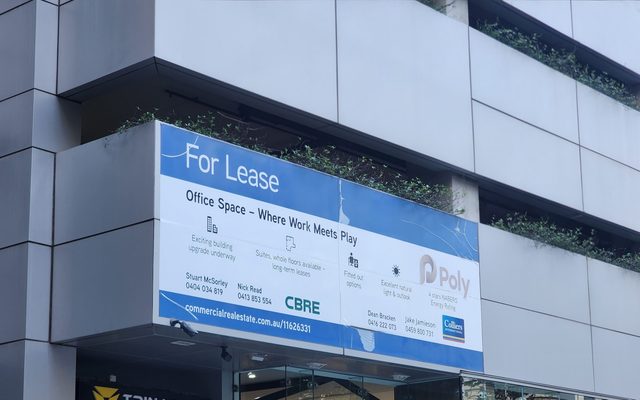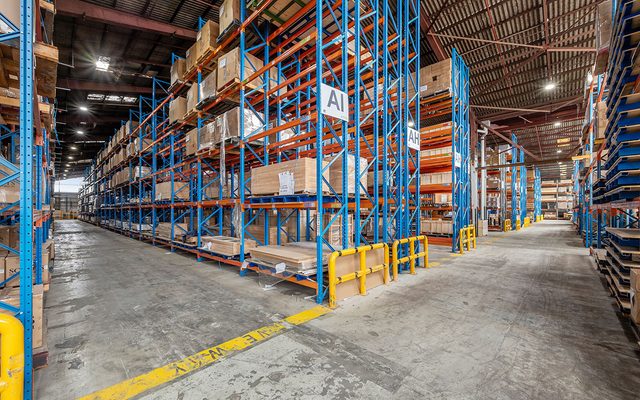This article is from the Australian Property Journal archive
DARWIN became the nation’s tightest residential rental market during May, while regional landlords can expect to enjoy ongoing rental increases.
New data from SQM Research showed the national rate fell from 1.9% over the month. There are now 62,144 empty residential rentals, down from 66,411.
Vacancy rates receded from very high levels in the Sydney and Melbourne CBDs, to 6.8% and 8.0% respectively, remaining elevated due to apartment oversupply.
Melbourne’s total vacancy rate fell to 3.7% in May from 4.0%, while in Sydney it dropped to 2.9% from 3.1%.
Darwin dipped to 0.4%, the sharpest rate in the country. Next were Hobart (0.5%), Canberra (0.6%), Adelaide (0.7%), and Perth (0.9%) all remained below 1.0%.
Brisbane firmed to 1.3%.
Rolling annual figures show a stark contrast to when the nation was lifted out of the first COVID lockdown. Sydney has come down from 4.0%, while Brisbane was at 2.5%, Darwin 2.3%, Perth 2.0%, Canberra at 1.3%, and Hobart and Adelaide at 1.2%.
Melbourne, which has endured more lockdowns than any other capital, has seen its vacancy rate rise in that time, up from 3.1%.
SQM Research managing director, Louis Christopher said the falling vacancy rates had driven rents higher, especially in regional locations.
“This trend is likely to remain through the second half of the year, given the fierce competition for rental accommodation in many areas.
“We are still seeing falling vacancies everywhere from Victoria’s Mornington Peninsula, the Gold Coast, right through to inland areas like the Murray Regions of NSW and South Australia to outback Northern Territory, along with Darwin, which is having the effect of boosting rents as tenants compete for rental homes.
“However, vacancies rates rose for the NSW North Coast, as some renters headed back to town and we also saw a rise in vacancy accommodation in Perth, though the rate was unchanged.”
Christopher said the vacancy rate falls in central Sydney and Melbourne could begin a downward trend over the second half of 2021, particularly in Sydney, as life resumes relative normality.
“However, the loss of international student tenants, along with unit oversupply, will keep vacancy rates relatively high as the COVID-19 pandemic continues.”
Monthly changes saw increases across most markets, except in Sydney, and units in both Melbourne and Adelaide.
Hobart rents jump 2.6% for houses and 6.0% for units.
Melbourne and Sydney unit rents are down substantially by 11.0% and 5.1% over the year, while house rents have fallen 4.8% over the year in Melbourne.
All other capitals have seen strong rental growth in that time. Darwin has seen rents surge 26.7% for houses and 20.5% for units, while Perth has seen jumps of 16.5% and 13.6%, and Hobart 10.7% and 13.3%.
Nationally, rents rose 15.1% for houses over the year and 6.6% for units, fuelled by strong rises in rents in regional locations where there is a shortage of rental accommodation, Christopher said.




